If you loved the dark, cynical world of 'Sweet Smell of Success' (1957), you're in for a treat. This article explores 10 gripping movies and shows that share its themes of power, corruption, and moral ambiguity. Whether you're a fan of sharp dialogue, noir aesthetics, or ruthless characters, these picks will keep you hooked.
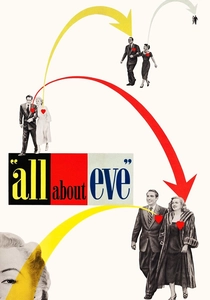
All About Eve (1950)
Description: A sharp, dialogue-driven drama about ambition and betrayal in the entertainment industry, with a focus on the ruthless pursuit of success and the cost of fame.
Fact: The film holds the record for the most Oscar nominations (1for a single film, a record it shares with 'Titanic' and 'La La Land.' It won six, including Best Picture.
 Watch Now
Watch Now 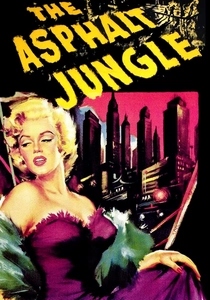
The Asphalt Jungle (1950)
Description: A crime drama that delves into the planning and aftermath of a heist, focusing on the flawed characters and their inevitable descent into chaos.
Fact: The film was groundbreaking for its realistic portrayal of criminals as complex individuals rather than caricatures, influencing future heist films.
 Watch Now
Watch Now 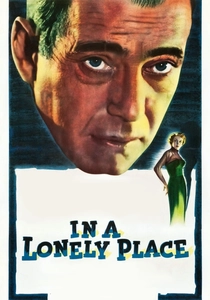
In a Lonely Place (1950)
Description: A psychological noir that delves into themes of paranoia, violence, and the fragility of human relationships, set against a backdrop of Hollywood's darker side.
Fact: The film's original ending was much darker but was changed to a more ambiguous conclusion to satisfy studio demands.
 Watch Now
Watch Now 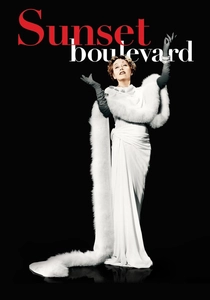
Sunset Boulevard (1950)
Description: A noirish tale of obsession and delusion in Hollywood, highlighting the destructive nature of fame and the blurred lines between reality and fantasy.
Fact: The film's iconic line, 'I'm ready for my close-up,' is often misquoted. The actual line is, 'All right, Mr. DeMille, I'm ready for my close-up.'
 Watch Now
Watch Now 
Ace in the Hole (1951)
Description: A cynical exploration of media manipulation and moral decay, featuring a protagonist who exploits tragedy for personal gain, mirroring themes of corruption and ambition.
Fact: The film was initially a box office failure but later gained critical acclaim as a classic of film noir. It was inspired by real-life events involving a cave-in rescue operation.
 Watch Now
Watch Now 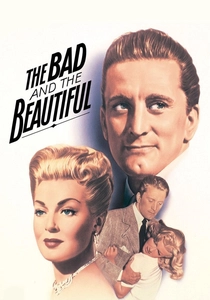
The Bad and the Beautiful (1952)
Description: A gripping narrative about the dark side of Hollywood, exploring themes of manipulation, ambition, and the personal costs of professional success.
Fact: The film won five Academy Awards, including Best Supporting Actress for Gloria Grahame, despite her limited screen time.
 Watch Now
Watch Now 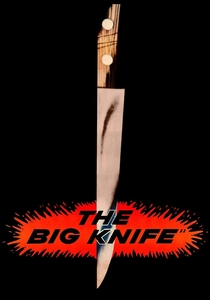
The Big Knife (1955)
Description: A dark portrayal of Hollywood's underbelly, focusing on the moral compromises and psychological toll of fame, aligning with themes of power and ethical decay.
Fact: The film is based on a play by Clifford Odets, who also wrote the screenplay. It features intense dialogue and a claustrophobic setting, emphasizing its theatrical roots.
 Watch Now
Watch Now 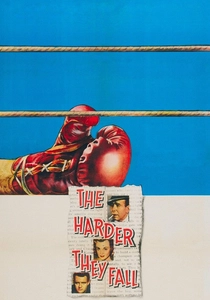
The Harder They Fall (1956)
Description: A gritty exposé of corruption in the boxing world, featuring a morally ambiguous protagonist and a critique of exploitation and greed.
Fact: This was Humphrey Bogart's final film before his death in
 Watch Now
Watch Now 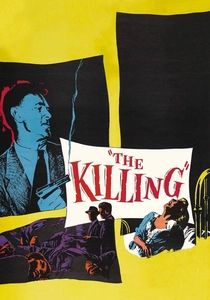
The Killing (1956)
Description: A meticulously plotted heist film with a non-linear narrative, exploring themes of fate, betrayal, and the inevitability of downfall.
Fact: Stanley Kubrick's breakthrough film, it was made on a tight budget but is now considered a masterpiece of film noir.
 Watch Now
Watch Now 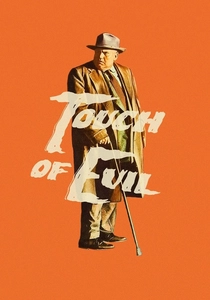
Touch of Evil (1958)
Description: A visually striking noir that examines corruption, moral ambiguity, and the clash between law and justice, with a tense, atmospheric setting.
Fact: The film's famous opening shot is a three-minute, uninterrupted tracking shot that is often studied in film schools for its technical brilliance.
 Watch Now
Watch Now 








